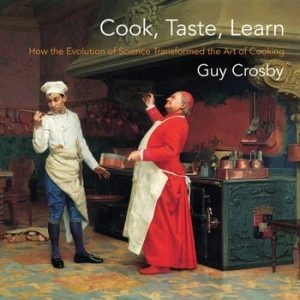The controlled use of fire to cook food, particularly meat, played a pivotal role in human evolution. But when and how did this culinary practice begin? While pinpointing the exact moment remains elusive due to a lack of early physical evidence, the journey of cooking meat is a fascinating exploration of human ingenuity and adaptation.
Early Cooking Methods: From Fire to Earth Ovens
Evidence suggests that early humans likely interacted with fire for hundreds of thousands of years before significantly adapting its use for cooking. Initially, roasting meat directly over an open flame or using heated stones were likely the primary methods. While seemingly simple, these techniques represented a significant leap, offering a safer and more palatable way to consume meat.
Around 30,000 years ago, a more sophisticated approach emerged: earth ovens. These large, stone-lined pits filled with hot coals and ashes allowed for slow roasting, transforming tough cuts of meat into tender, flavorful meals. This slow cooking process broke down collagen into gelatin, making meat easier to chew and digest, particularly from larger animals like mammoths. The discovery of mammoth bones in and around these ancient ovens provides compelling evidence of this culinary advancement.  alt
alt
The Advent of Wet Cooking
Following dry roasting and hot stone cooking, the next major innovation was likely the development of wet cooking—boiling food in water. This method proved particularly advantageous for cooking starchy root vegetables and rendering fat from meat. While direct archaeological evidence is scarce, it’s plausible that early humans boiled water in perishable containers made of bark, wood, or animal hides long before the appearance of pottery. The ability to boil water expanded culinary possibilities and further enhanced the nutritional value of food.
Around 20,000 years ago, the first fired clay pottery appeared, offering durable and heat-resistant cooking vessels. Chemical analysis of pottery shards from Japan has revealed traces of fatty acids from marine life, suggesting that these pots were used to boil seafood.
The Slow Burn of Culinary Innovation
Despite the profound impact of cooking on human evolution, the development of more sophisticated cooking methods appears to have progressed slowly for a significant period. This can likely be attributed to the nomadic lifestyle of early hunter-gatherers. Constantly on the move in search of food, they had limited time and resources for innovation. Carrying heavy cooking utensils would have been impractical for their survival-driven existence.
The Agricultural Revolution: A Culinary Turning Point
The end of the last ice age, around 12,000 years ago, ushered in the agricultural revolution. The discovery that seeds could be saved and planted led to the establishment of permanent settlements. This shift from a nomadic to a sedentary lifestyle had profound implications for culinary practices. With food security and stability, humans had the time and resources to experiment with new cooking techniques and ingredients.
The domestication of plants and animals further revolutionized food and cooking. Larger seeds were selected for planting, leading to higher yields and faster-growing crops. Animals were bred for docility and adaptability to confined spaces. This period saw the development of bread wheat, with its higher gluten content, paving the way for leavened bread. The agricultural revolution marked a turning point in human history, fostering innovation and creativity in cooking and laying the foundation for the diverse culinary landscape we know today.
Conclusion: A Culinary Legacy
The journey of how humans learned to cook meat is a testament to our adaptability and ingenuity. From simple roasting over open flames to the development of sophisticated cooking techniques and technologies, the culinary evolution of humankind has profoundly shaped our biology, culture, and society. The control of fire and the transition to settled agriculture were pivotal moments in this journey, enabling the development of diverse culinary traditions that continue to enrich our lives today.